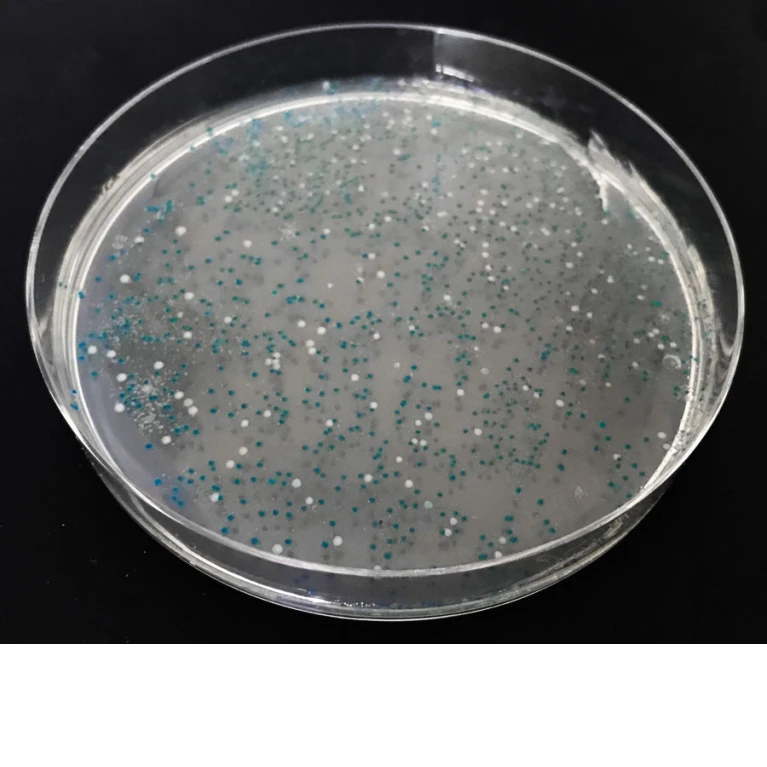JO-FI™ competent cells
| Product Code: | Size | Price | Qty | ||
|---|---|---|---|---|---|
| 1033-20 | 20 pcs |
| Manual | MSDS | |
| 1033-40 | 40 pcs |
|
Advantages of the product
- High transformation efficiency: 5–6 x 10⁹ cfu/µg pUC19 DNA
Specification
- Tetracycline (15 µg/ml) and Streptomycin (25 µg/ml) resistance.
- The lacIq repressor enables tight, IPTG -dependent expression control from the trc, tac and lac promoters.
- The lacZΔM15 deletion allows the white-blue color selection of recombinant clones (LA + X-Gal).
- recA1 gene mutation reduces the occurrence of undesired recombination events during cloning.
- endA1 gene mutation decreases endonuclease I activity. This results in a lower level of DNA degradation, providing faster plasmid DNA transfer.
- mcrA gene mutation allows efficient transformation of methylated genomic DNA.
- hsdR gene mutation allows efficient transformation of unmethylated DNA after PCR amplification.
Description
JO-FI™ competent cells are derived from the E. coli DH5α. The strain is not pathogenic and has been developed specifically for molecular cloning (Biohazard level 1).
Comparison of transformation efficiency
Transformation with a high-copy PUC19 plasmid (1 ng) and 50 µl of competent cells.
| JO-FI™ | TOP 10 f' |
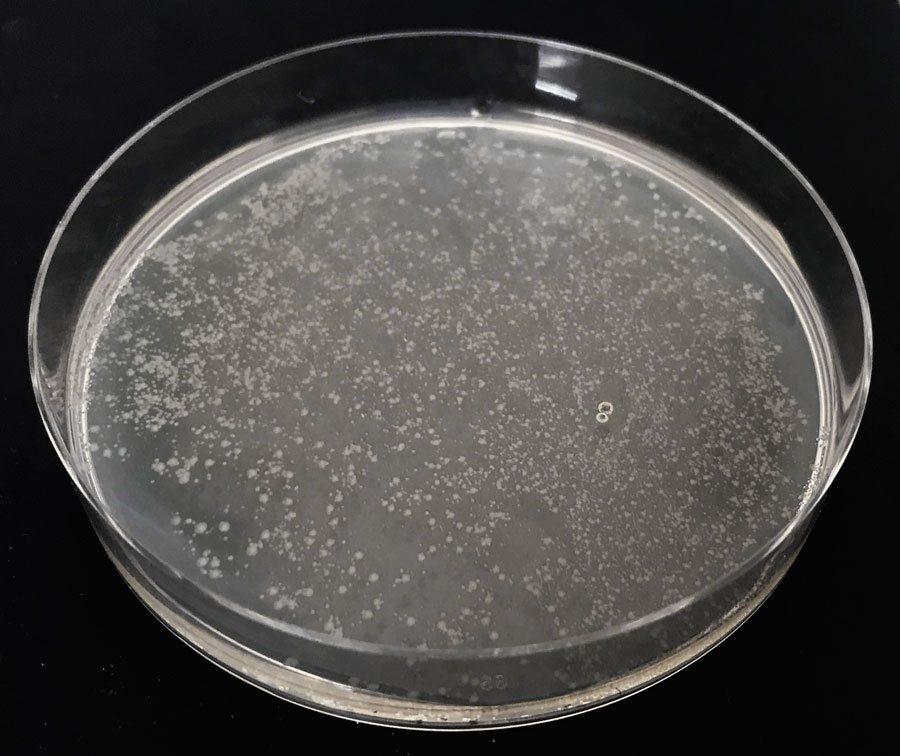 | 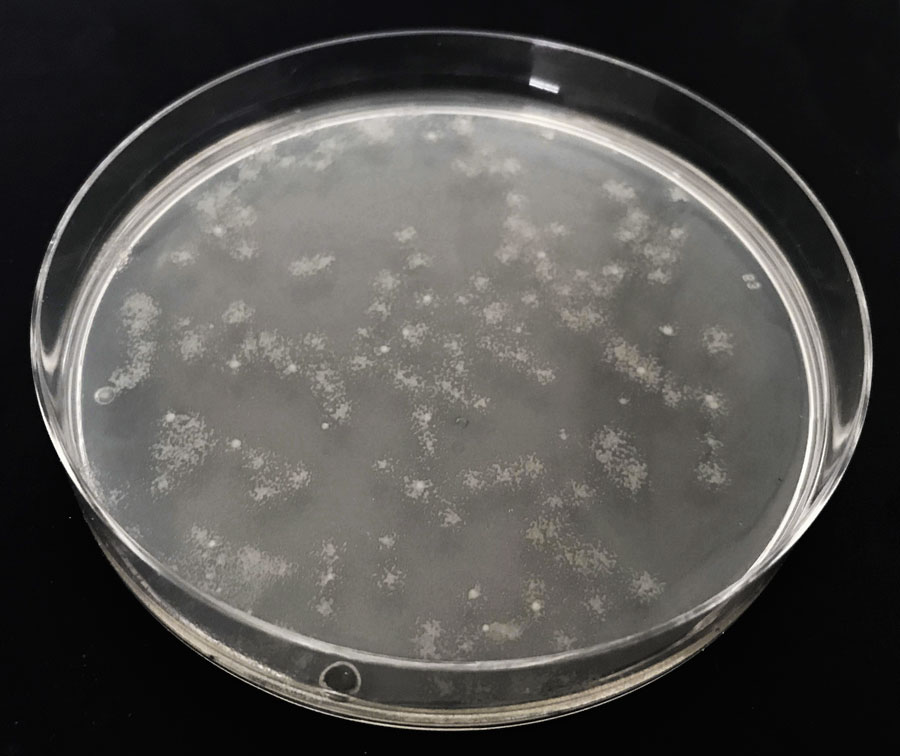 |
Ligation results
Ligation mixture contained as follows: The pUC19 vector digested with restrictases at the lacZ gene; The insert fragment with compatible DNA ends digested with the same restrictases as vector molecule. Both DNA fragments were mixed at the vector to insert molar ratio of 1:3 and subsequent ligation / transformation performed accordingly to standard procedure. The blue/white recombinant selection was performed by spreading out and cultivation of ligation mixture with competent cells on agar media supplemented with X-Gal and IPTG.
Cohesive ends
| JO-FI™ | TOP 10 f' |
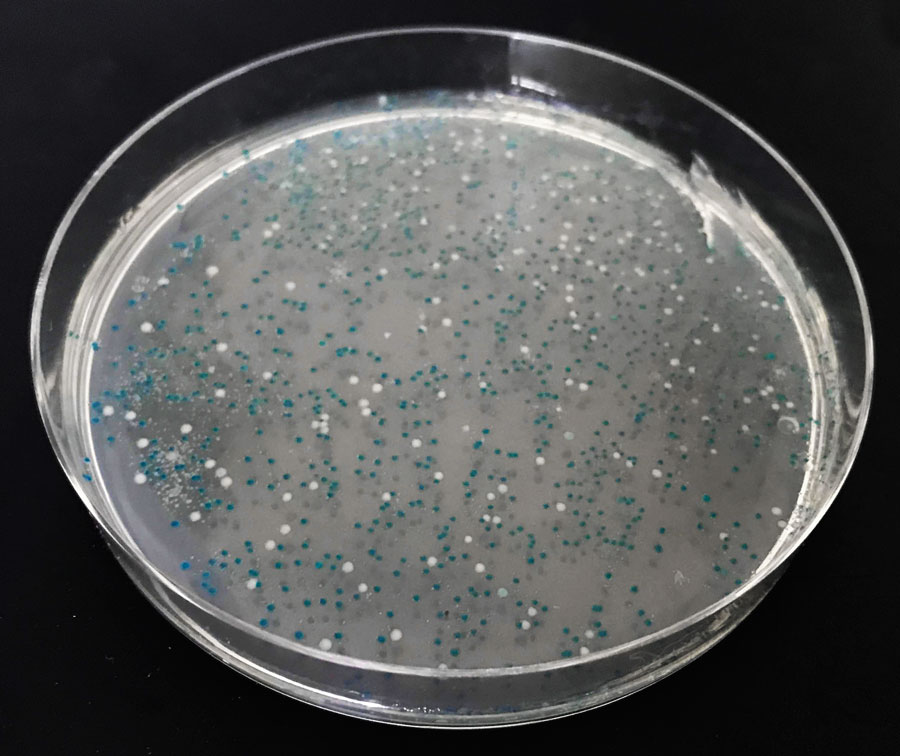 | 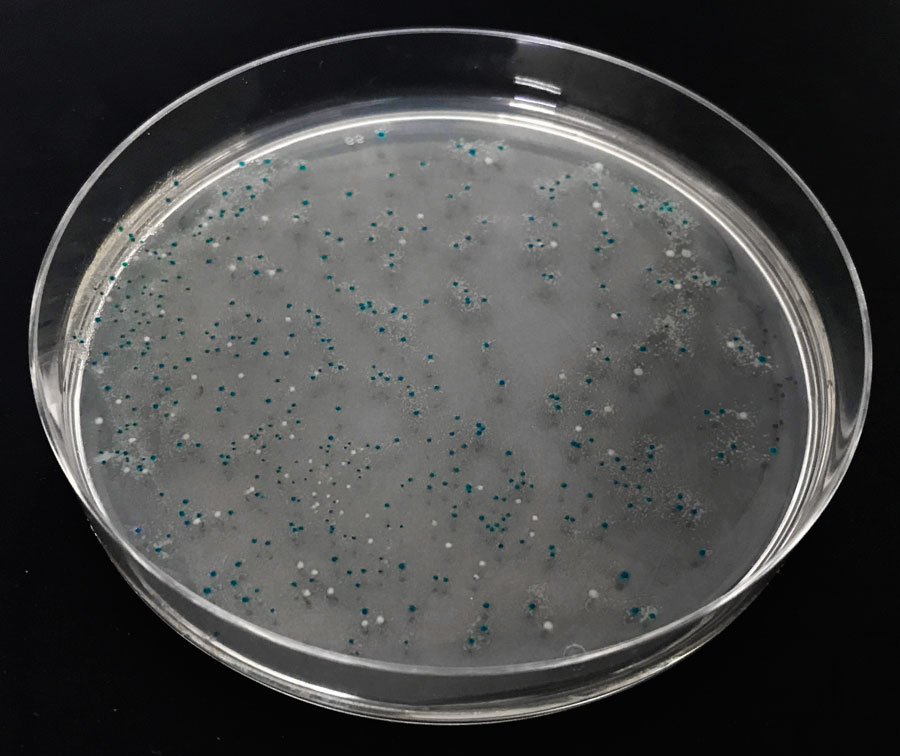 |
Blunt ends
| JO-FI™ | TOP 10 f' |
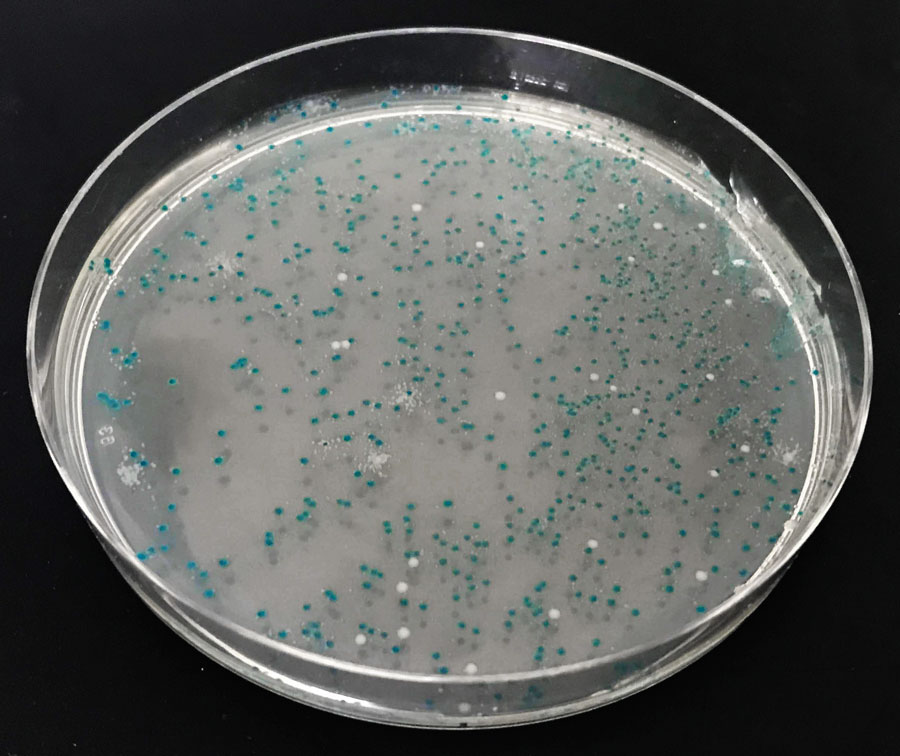 | 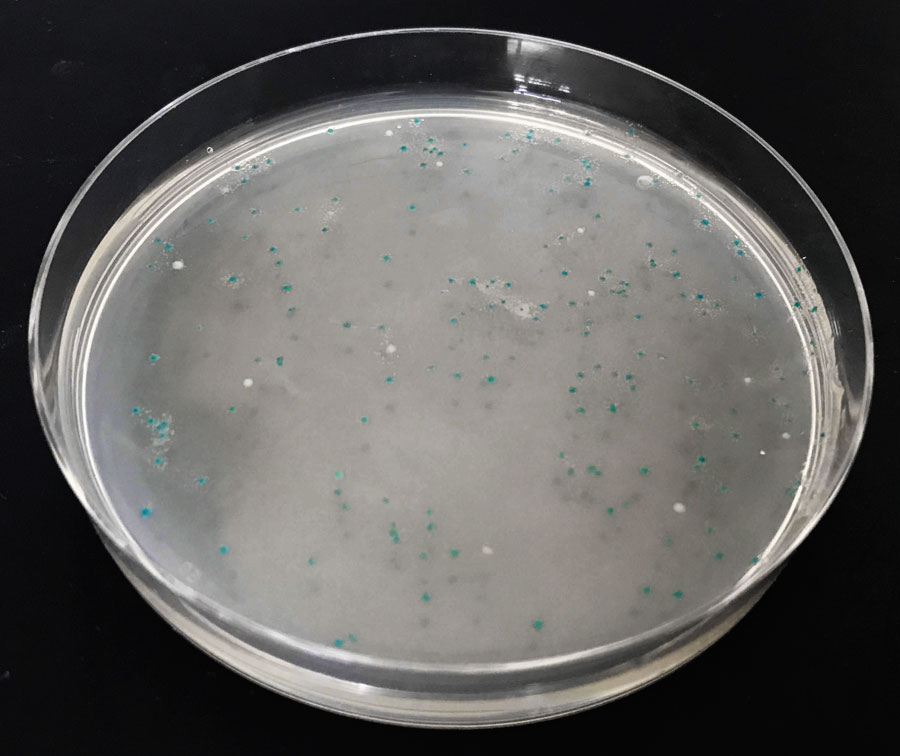 |
